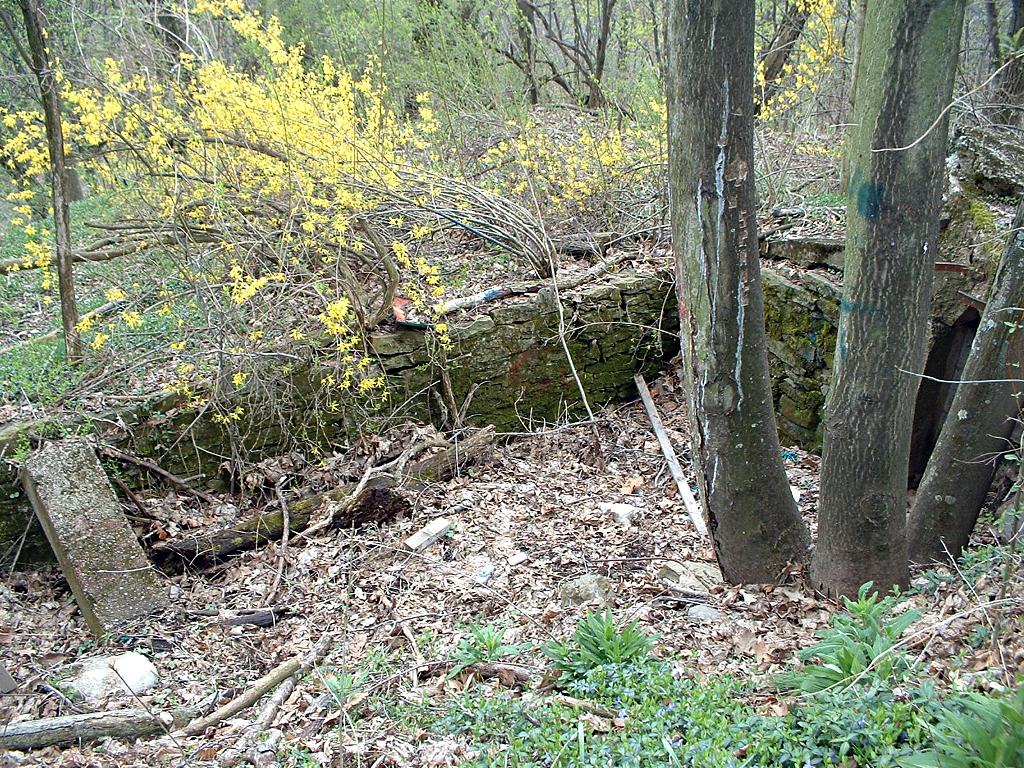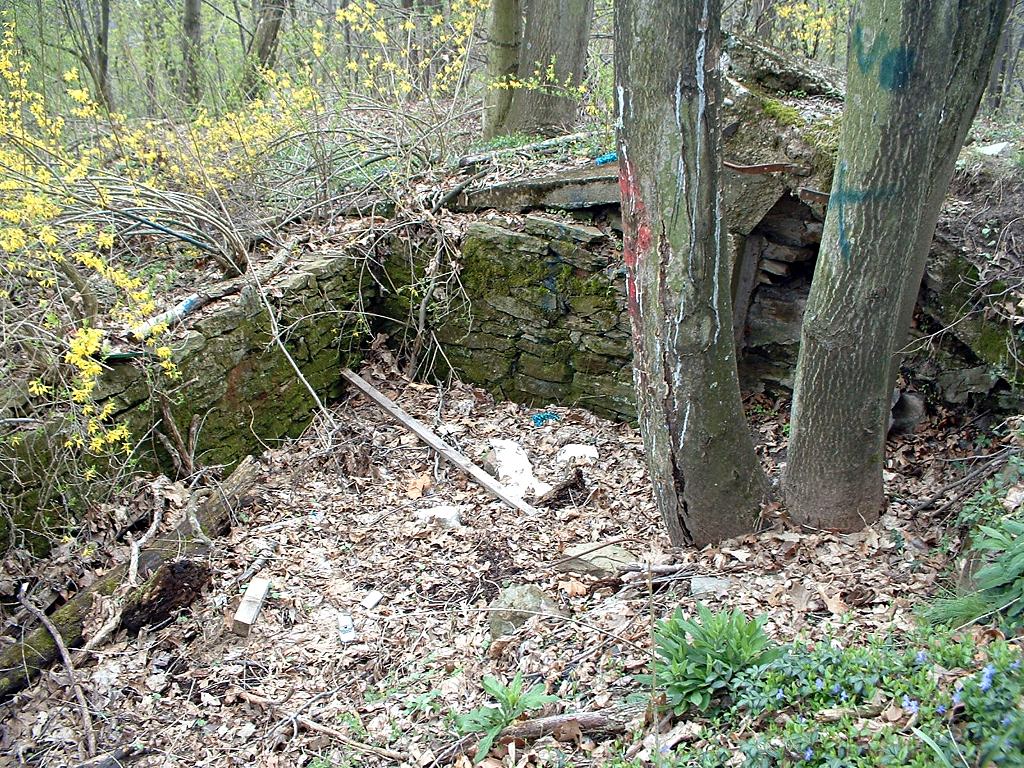
This is what old Pa Pitt calls urban archaeology. Without lifting a spade, you can dig through layers of history just by looking at things and asking questions.
For example, you might pass by this chain store in Mount Oliver dozens of times without seeing anything other than a chain store. But one day you notice the brickwork along the side and begin to realize that it looks like a building that’s more than a century old. Obviously it was not always a Family Dollar. What was it when it was built?
For the answer we can turn to the Pittsburgh Historic Maps site. There we discover that this was actually a car barn for the Pittsburgh Railways Company, the streetcar operator in Pittsburgh before the Port Authority took over public transit in Allegheny County. A car barn is a place where streetcars are kept when they are out of service. (The main car barn today is at South Hills Village.) A large streetcar company needed car barns here and there throughout the service area. Most of them are gone, but some of them have been adapted to other uses. This one is a store; another one in Windgap became a Catholic church, and perhaps Father Pitt will get its picture soon.











